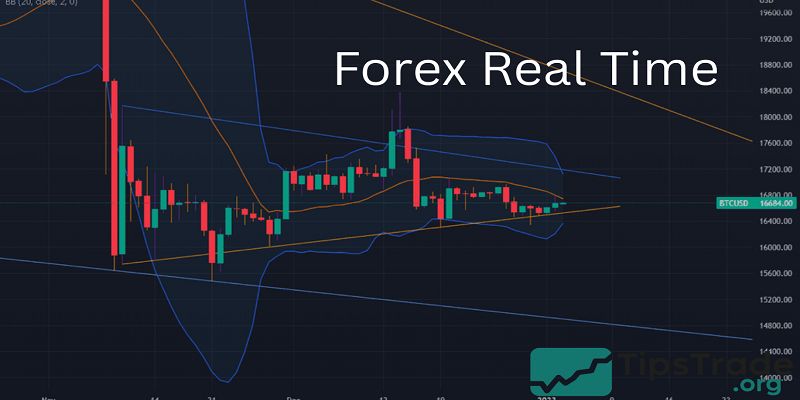Forex real time charts, live forex rates, or real time trading data, they want instant access to accurate information that reflects the market’s movements. The foreign exchange market is highly liquid and constantly changing, so having real time forex quotes, live price feeds, and up-to-date trading signals can make a big difference in decision-making. With reliable forex real time analysis, you can spot opportunities, manage risks, and execute trades without delays. In this guide, we’ll explain what forex real time data is, why it matters, which tools to use, and how traders can apply it effectively in their strategies.
What Is Forex Real Time?
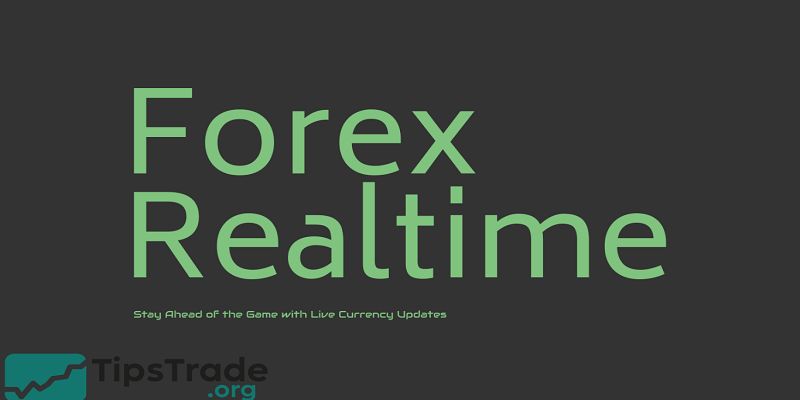
Forex real time refers to the live streaming of price data in the foreign exchange market without delays. It includes bid and ask prices, spreads, and tick-by-tick price changes. Traders rely on this information to stay informed and execute trades accurately.
Unlike delayed data, which can lag by seconds or even minutes, real-time data reflects the most current market conditions. For example, if the EUR/USD pair shifts by just 0.0010 (10 pips), scalpers may need to act within seconds to capture the profit opportunity.
The key components of forex real time data include:
- Live price quotes for major and minor currency pairs.
- Spreads between bid and ask prices.
- Tick volume showing the intensity of trading.
- Charts that update in real time with each price change.
Having these elements available instantly gives traders a clear edge in fast-moving markets.
>>See more:
- What is Forex? The Complete Guide for Beginners
- Learn Forex – Beginner’s Guide to Start Trading Successfully
- List of Top forex brokers in 2025 – Most Trusted and Reliable
- Forex Capital Management Tips: The Key To Success For Professional Traders
Why Is Real Time Data Important in Forex Trading?
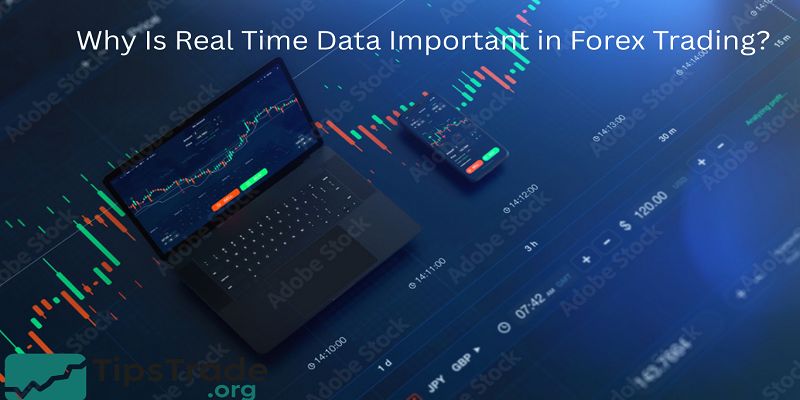
The forex market operates 24 hours a day, five days a week, with trillions of dollars traded daily. Real-time data is crucial because it reflects:
- Liquidity: The forex market thrives on high liquidity, and live data helps traders see where orders are concentrated.
- Volatility: Sudden news events or economic releases can cause rapid price movements. Real time updates allow traders to react immediately.
- Technical signals: Indicators such as moving averages, RSI, or Bollinger Bands require live data to be accurate.
For instance, during the U.S. Non-Farm Payrolls release, prices can shift by 50–100 pips within minutes. A trader using delayed data would miss the opportunity entirely. Real time data also supports risk management, as traders can monitor stop-loss and take-profit levels precisely.
In short, forex real time data is not optional—it’s essential for anyone looking to trade actively and effectively.
Tools and Platforms That Provide Forex Real Time Data
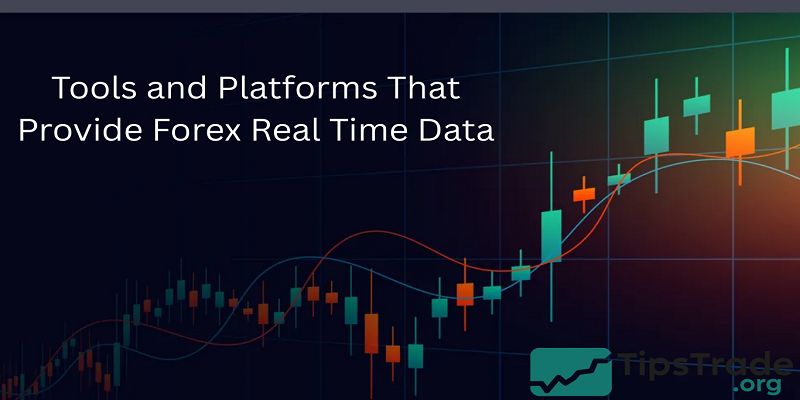
Accessing reliable real time data requires the right platforms. The most popular tools include:
TradingView
- TradingView offers live charts, indicators, and customizable alerts. Many traders prefer it for its user-friendly interface and social trading community.
MetaTrader (MT4/MT5)
- MetaTrader is widely used by brokers and traders alike. It streams real time forex quotes, allows automated trading, and supports hundreds of custom indicators.
Investing.com & FXStreet
- Both websites provide free forex real time charts, economic calendars, and market news.
- They are especially useful for beginners who want accessible data.
Broker Platforms (IG, OANDA, Saxo Bank)
Most regulated brokers provide real time forex data directly on their trading platforms. Premium accounts often include faster updates and deeper liquidity access.
When choosing a tool, compare:
- Latency (speed of updates)
- Costs (free vs premium)
- Features (alerts, charting, multi-asset support)
Selecting the right platform ensures you always trade with accurate information.
How to Read and Analyze Forex Real Time Charts
Interpreting real time data requires knowing how to read charts effectively. The most common chart types include:
- Candlestick charts: Show price movement within a specific time frame, including open, high, low, and close.
- Line charts: Useful for spotting overall trends.
- Bar charts: Highlight volatility and price range.
Technical indicators are essential when analyzing real time charts:
- Moving Averages (MA): Identify trend direction.
- Relative Strength Index (RSI): Detect overbought or oversold conditions.
- MACD (Moving Average Convergence Divergence): Spot momentum shifts.
- Volume (or tick volume): Confirms the strength of price movements.
For example, if the EUR/USD shows a bullish candlestick breakout on a 5-minute chart with high volume, real time data helps confirm a strong trend continuation. Without live updates, the signal might arrive too late.
Trading Strategies Using Forex Real Time Data
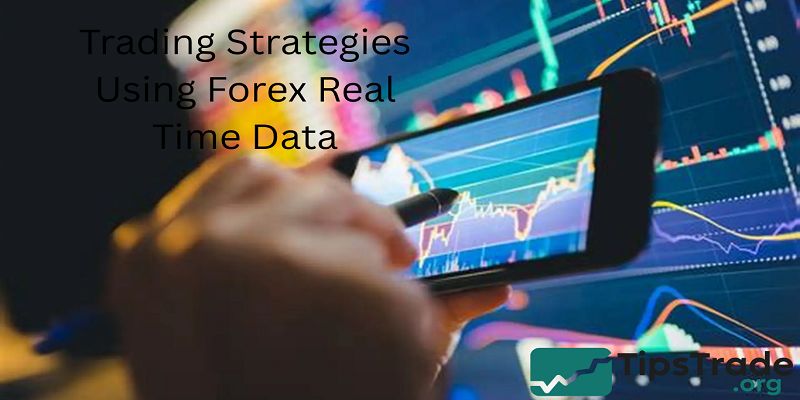
Real time data supports several trading strategies:
Scalping & Day Trading
- Scalpers rely on second-by-second data to profit from small price changes. Real time updates are crucial since even a 1–2 second delay can impact results.
Breakout Trading
- When prices break through support or resistance, real time data helps confirm the move with immediate chart updates and volume spikes.
Pullback Trading
- Traders wait for short-term retracements and use real time signals to enter trades at better prices.
Risk Management
- Stop-loss and take-profit levels must be monitored in real time to prevent slippage during volatile periods.
- By applying these strategies, traders can maximize opportunities while minimizing risks in fast-moving forex markets.
Limitations and Risks of Using Forex Real Time Data
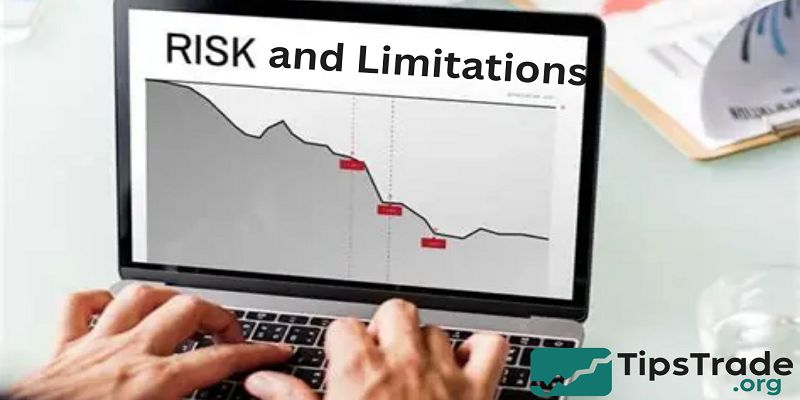
While real time data offers many advantages, it also has limitations:
- Latency issues: Some platforms may still have small delays, especially free ones.
- Costs: Premium real time feeds can be expensive.
- Information overload: Too much data can overwhelm beginners.
- Emotional trading: Watching every tick may lead to impulsive decisions.
For example, traders often overreact to minor fluctuations, mistaking noise for real signals. This can cause premature entries or exits.
To avoid these risks, it’s best to combine real time analysis with a broader trading plan, including fundamental research and long-term chart reviews.
Free vs Paid Forex Real Time Services – Which to Choose?
Not all real time data services are equal. Here’s a quick comparison:
| Feature | Free Services (e.g., Investing.com) | Paid Services (e.g., Bloomberg, Broker Feeds) |
| Speed of updates | Slightly delayed (1–5 seconds) | Near-instant (milliseconds) |
| Charting tools | Basic | Advanced & customizable |
| Alerts & notifications | Limited | Full alerts, push notifications |
| Market depth | Not available | Available (Level II data) |
For most retail traders, free platforms like TradingView or broker apps are sufficient. Professional traders, however, often invest in premium feeds to gain a competitive edge.
Conclusion
Real time data is the backbone of modern forex trading. It provides instant insights into market movements, liquidity, and volatility, allowing traders to make faster and more informed decisions. By using tools like MetaTrader, TradingView, or Investing.com, you can monitor forex markets live and apply strategies such as scalping, breakout trading, or pullback setups effectively.
>>See more:

